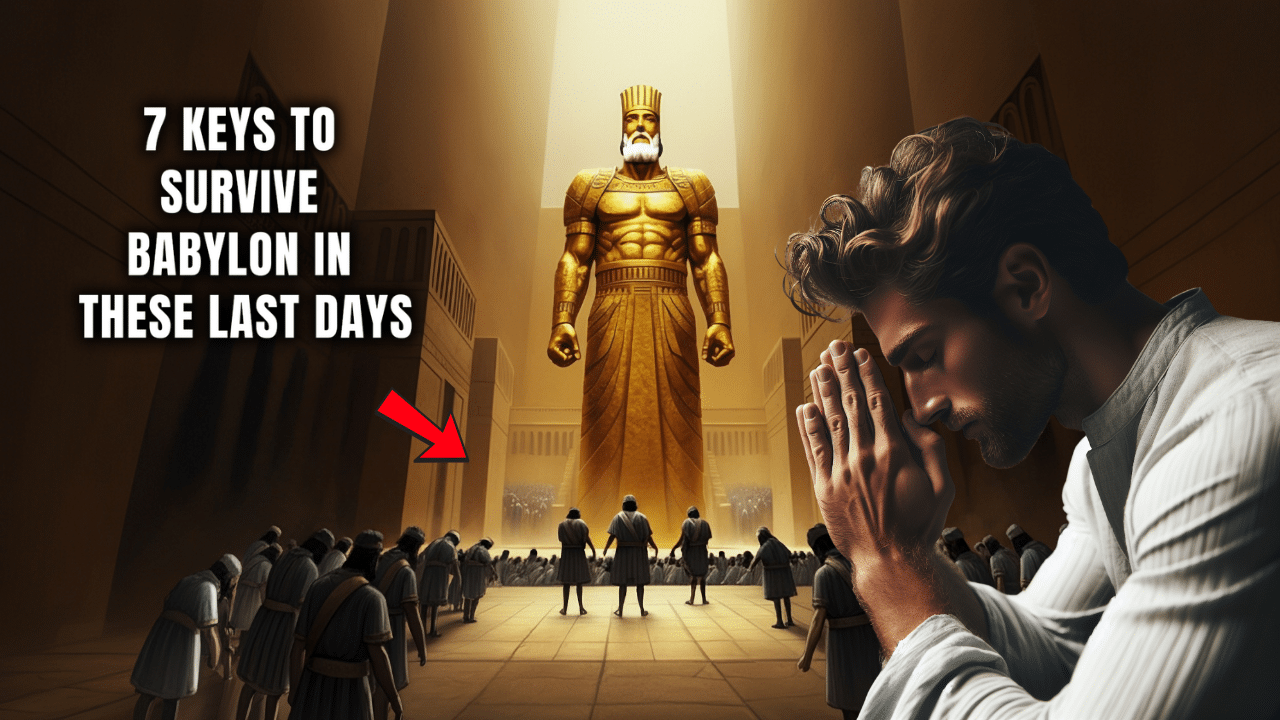Researchers have encoded the entire human genome onto a “5D memory crystal” in the off chance our species finds itself needing to walk back from the brink of extinction.
But even if the plan ultimately fails, the device itself is theoretically capable of providing our genetic code to some other future, sentient third-party, even if it takes them billions of years to find it.
For over a decade, the gold standard for the most durable data storage medium has been crystal. More specifically, a nanostructured glass disc developed in 2014 by a team of researchers led by optoelectronics professor Peter Kazansky at the University of Southampton.
The 360 terabyte data crystal will remain stable at room temperature for 300 quintillion years—a lifespan that only drops down to 13.8 billion years (i.e., the universe’s current age) if heated to 374 degrees Fahrenheit.
Throw in the ability to survive both higher and lower temperatures, direct impact forces up to 10 tons per square centimeter, as well as lengthy exposure to cosmic radiation, and it’s easy to see how it is still the Guinness World Record holder for the most durable digital storage medium.
Given the increasing concern about today’s often unreliable digital landscape, this also makes it one of the premiere choices when safely archiving electronic information.
Knowing this, Kazansky’s group recently set to work encoding the three billion-character human genome into one of their coin-sized memory crystals. According to a university profile, Kazansky and colleagues utilized ultra-fast lasers to etch the DNA code into voids within the disc’s silica as small as 20 nanometers-wide.
While most traditional information-recording tools (such as paper and magnetic tape) are two-dimensional, the researchers encoded in the crystal “uses two optical dimensions and three spatial coordinates to write throughout the material” in what they describe as (technically) “5D.”
Taking inspiration from the Voyager mission’s iconic Golden Records, the disc also includes a visual key explaining how to use it. There are also illustrations of male and female humans; the universal elements of hydrogen, oxygen, carbon, and nitrogen; DNA’s molecular structure, and other potentially necessary information required for synthetically creating a person.
Speaking of which—Kazansky’s team is well aware that current technology is nowhere near advanced enough to do what their disc is intended to help achieve. That said, milestones in synthetic biology such as the 2010 creation of synthetic bacterium indicate a future with artificially created humans—as well as plants and animals—may be possible.










